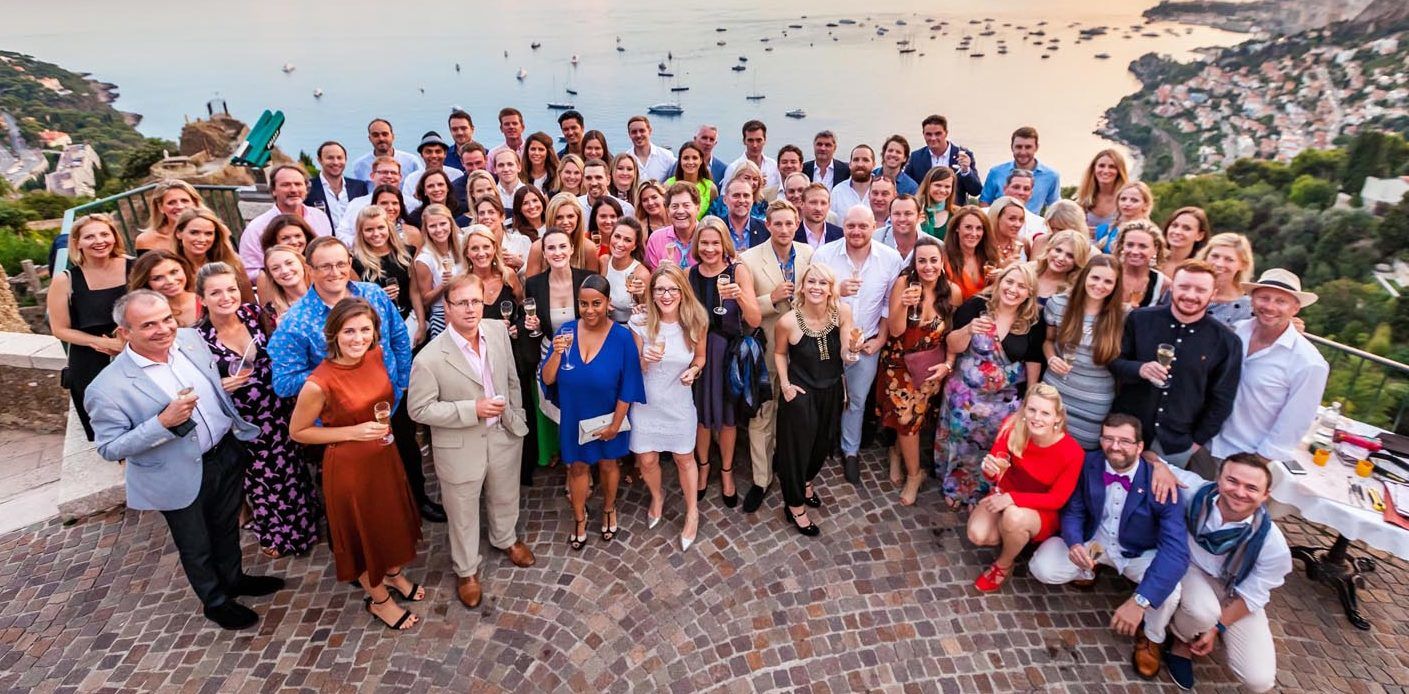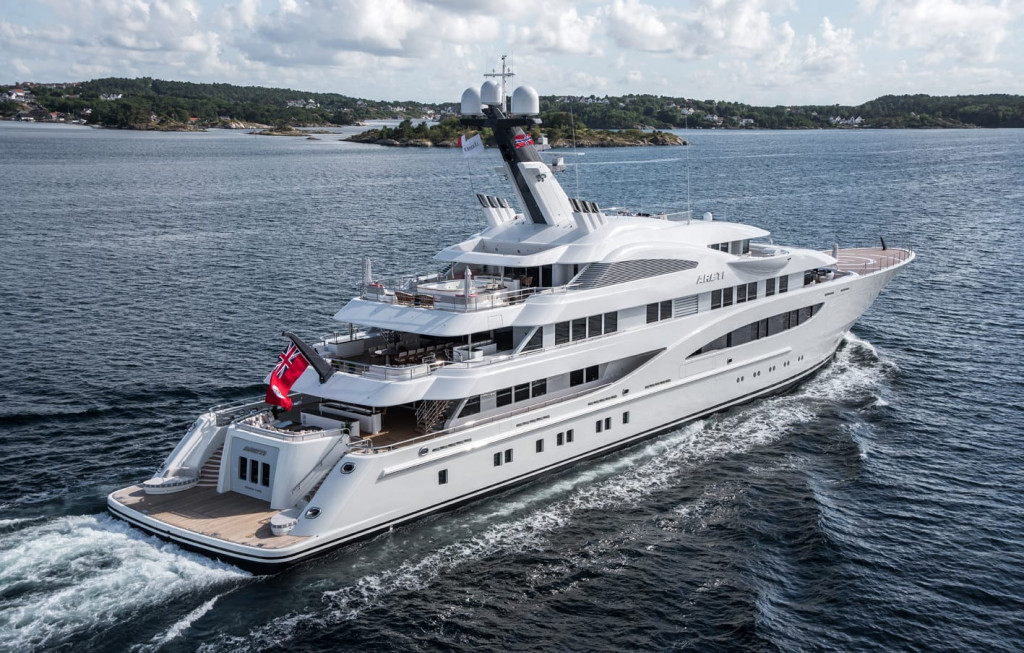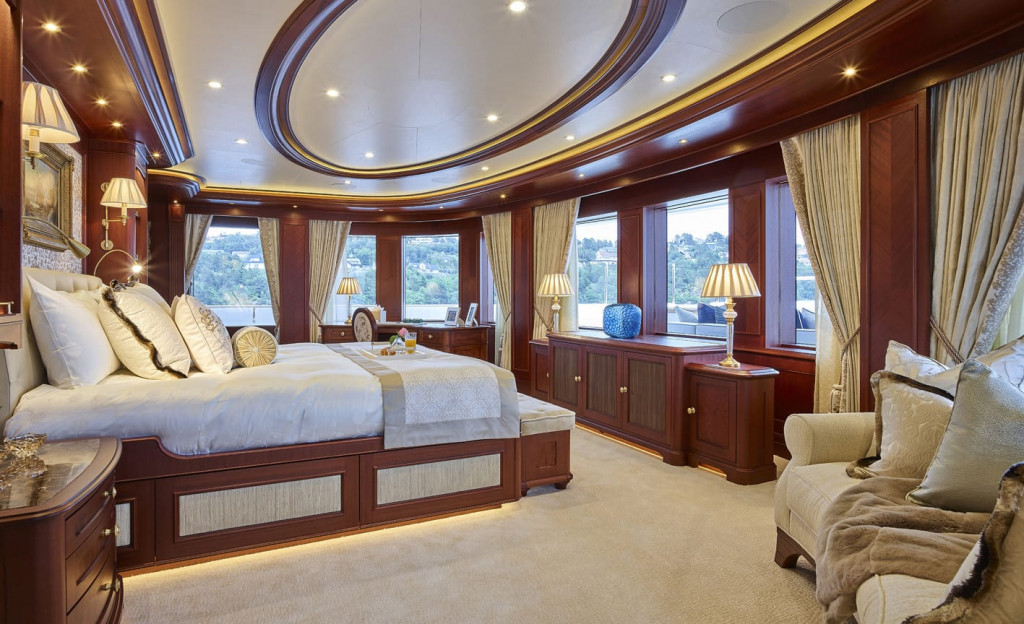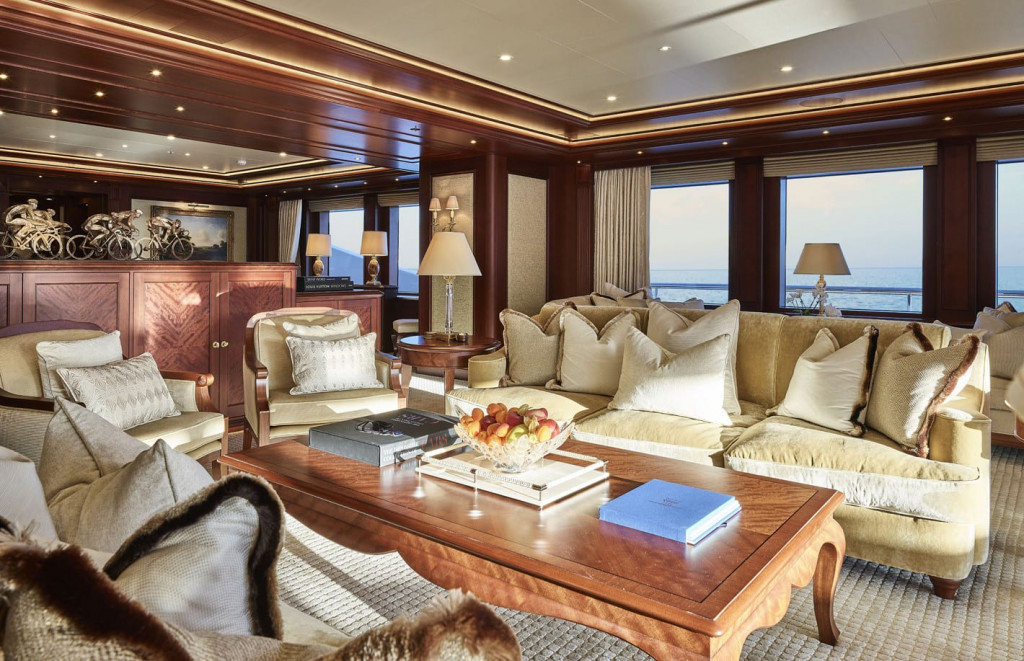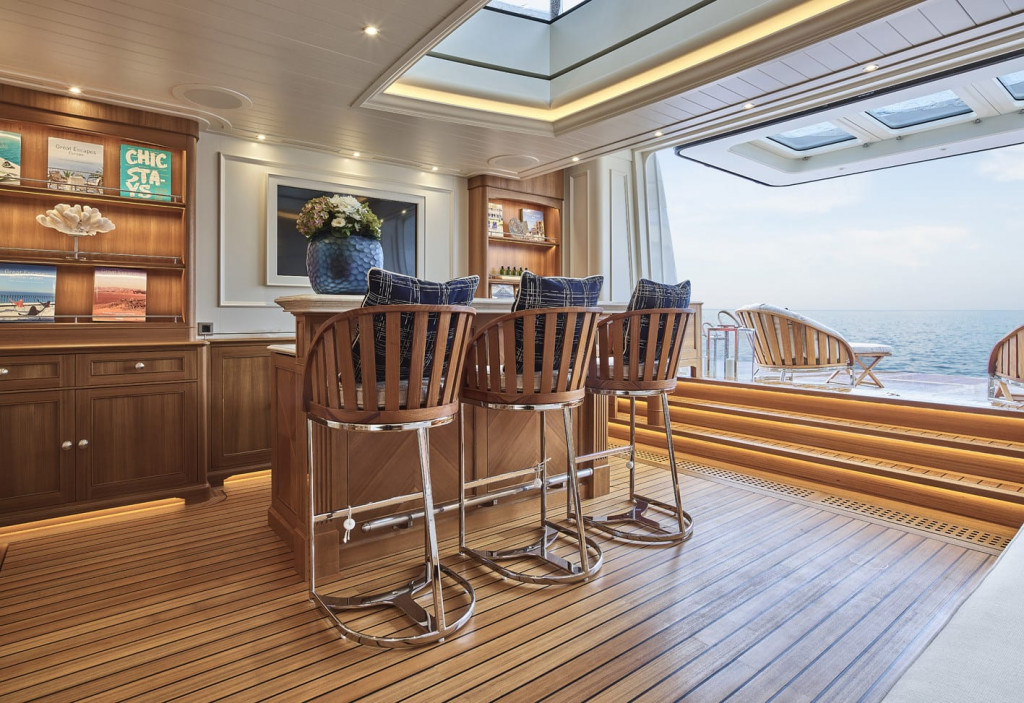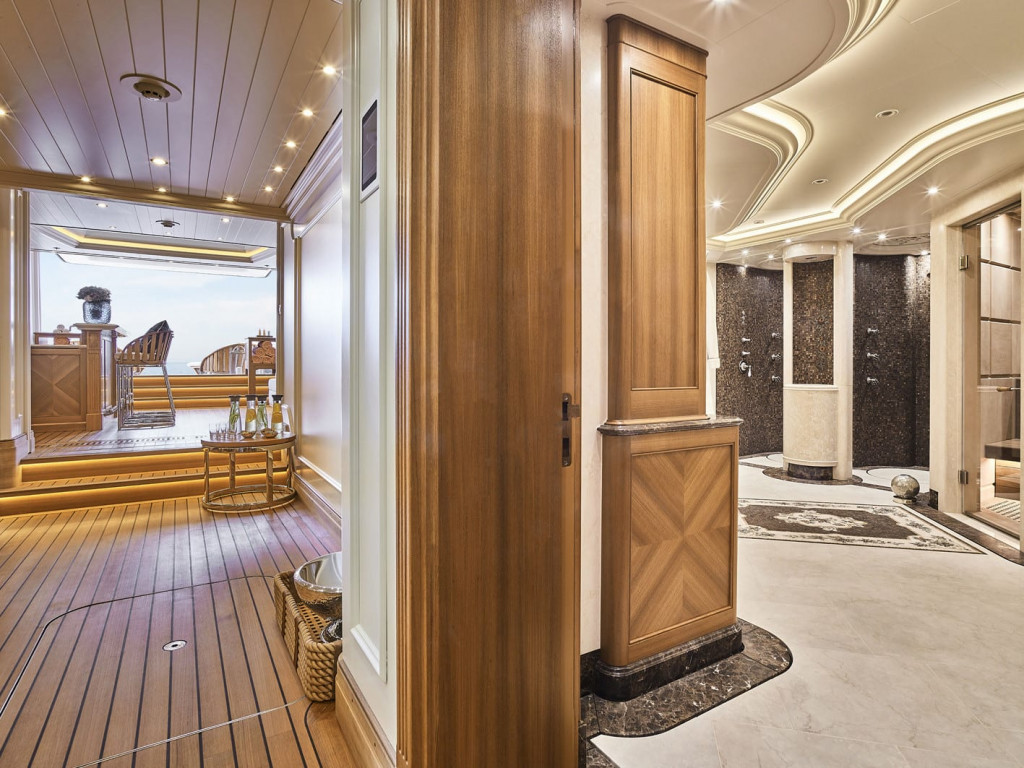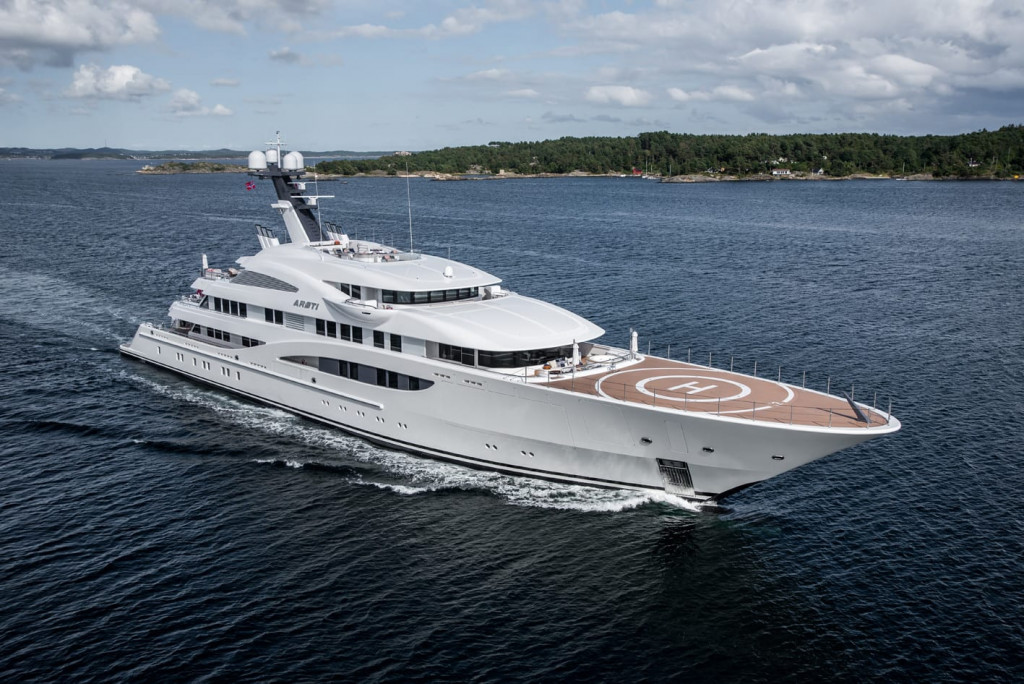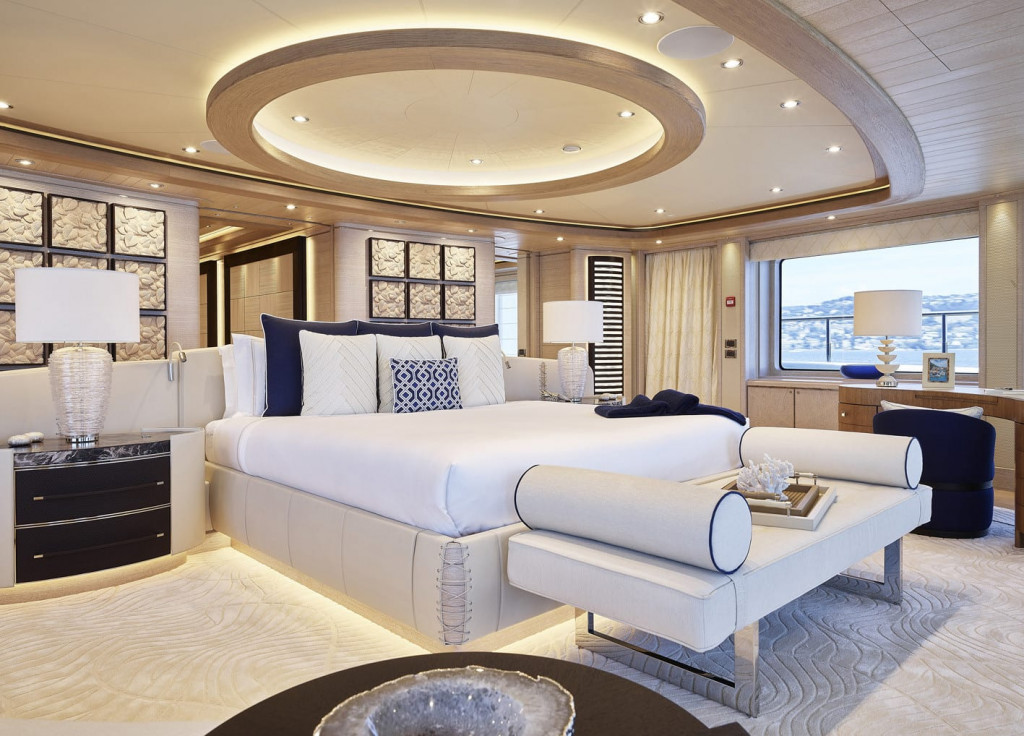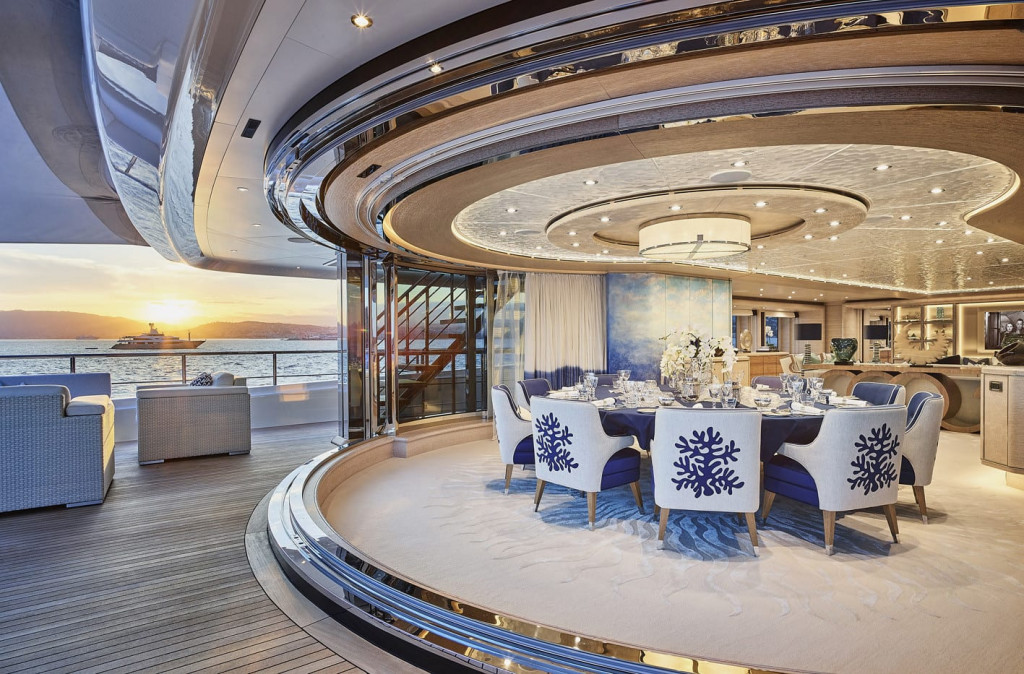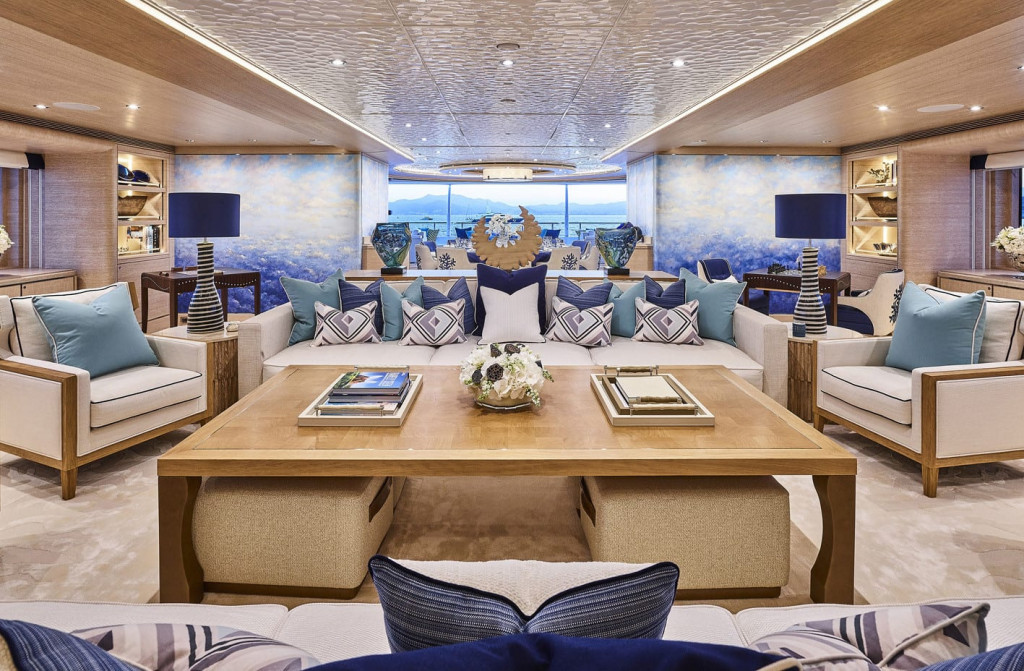
Q&A with Winch Design, award winning specialist of Interior and Exterior Yacht Design
ML: What’s the backstory to Winch Design (WD)?
WD: Winch Design was founded in 1986 by Andrew and his wife Jane. They gave themselves one year to make a success of the business, otherwise they would have packed up and sailed around the world. Fortunately in that year, they were provided with the opportunity to design the exterior and interior of an 11-metre sailing yacht, Nautor Swan, which proved to be a success.
One sailing project led to another, until 1994, when WD was responsible for designing the interior of their first motor yacht, the 50-metre White Rabbit. Winch Design’s ever-expanding portfolio would later span both aviation and architecture, delivering its first private aircraft in 2002 and its first private property in 2007. Now in its 31st year of business, Winch Design is recognised as one of the world’s leading international design studios.
ML: Can you provide some key facts and figures?
WD: Winch Design has designed the largest volume yacht, largest private plane and largest residential property in London. Over 35 prestigious awards, most notably two “Superyacht of the Year” Awards, for M/Y Madame Gu and M/Y Dilbar. The team now comprises over ninety talented individuals based in an old fire station on the banks of the River Thames in London.
Log into your Premium account to read the full article.
[ihc-hide-content ihc_mb_type=”show” ihc_mb_who=”reg” ihc_mb_template=”” ]
ML: Walk us through designing a yacht. In addition to the client’s wants, what factors must be taken into consideration?
WD: Average of 4-5 years from first meeting to completion. It all starts with getting to know the client and then putting a pencil to paper to engage with the creative process. The joy of a new build is that each project is completely bespoke and tailored from the ground up, allowing for the client’s own dreams to be interpreted in the most imaginative, dynamic way.
Many clients now live on board for several months each year so the yacht is a home not a holiday boat. This dictates an even greater importance to the overall use and flow of the space. Our role is to create an environment that is a true representation of the way the owner and family live their lives, whether they are on land or the water!
ML: “Everything we design must have energy.” Can you explain this concept?
WD: Winch Design doesn’t have a house style and we really do approach each project with a blank piece of paper and a pencil. It is important to start the creative process with a clear head and huge amounts of passion. I think we inject this energy into each project, whether it is a dynamic yacht exterior, classical yacht interior, contemporary architectural project or iconic aviation project. I believe a formulaic approach to design can lack energy and excitement and that is not who we are.
ML: Winch Design recently remodelled a Boeing Business Jet 737, with 800 square feet of cabin. How much freedom do you have in terms of design and how does the design process differ for an aviation interior and a yacht interior?
WD: The main difference is that every aspect of a jet interior has to be certified and FAA approved. This creates issues in terms of what can be placed on board but that is where our team come into their own. Their experience and technical expertise allow us to push boundaries. We have developed a means of hanging paintings, installing vases and using finishes and techniques normally only seen on land.
ML: What are some of the most extravagant requests people have made for their yachts?
WD: Our clients want a truly bespoke yacht that is unique to them so it’s not about the most extravagant requests, but more about creating something really special, with the highest levels of craftsmanship and design.
The biggest trend lately is definitely lower gross tonnage (GT) projects, which means less interior volume but keeping them longer and sleeker to have large exterior deck spaces, larger aft pool decks etc.
A lot more glass and bright and airy interiors, light flooded interiors is certainly another trend.
We are also seeing the desire to have larger tenders and especially covered tenders and we are more often increasing the yachts to fit larger tenders instead of more interior volume. The yachts are just a lot more enjoyable if the transfer aboard can be done comfortably with a good size tender. An uncomfortable ride ashore can spoil the experience for some clients.
ML: What is the history between Winch Design and the Monaco Yacht Show?
WD: The Monaco Yacht Show is unique! It’s always a buzzy, exciting place to be. This year we have four yachts attending the show and one at Anchor (Aurora). Areti, Cloud 9, New Secret and Infinite Shades will all be on display. Every year several members of the Winch Design team attend the show, to see clients, suppliers and friends in the industry. Last year we took the entire team down to Monaco for the night and hosted a Winch Design party in Cap Martin to celebrate thirty years in the business. It was a magical night.
ML: How did the Monaco To London Cycle in support of Blue Marine come to fruition?
WD: It started as a fun way to celebrate the company’s 30th anniversary, whilst supporting a cause very close to our hearts. We wanted to raise funds and awareness for the Blue Marine Foundation, a charity we have worked closely with since it began. This year, Blue Marine is organising the ride, opting for an even more difficult route than last year’s, with steeper climbs and longer legs. We have helped with some aspects of the event and have a team of ten people from Winch doing the ride again this year. I will be there to greet them when they arrive at the Palace.
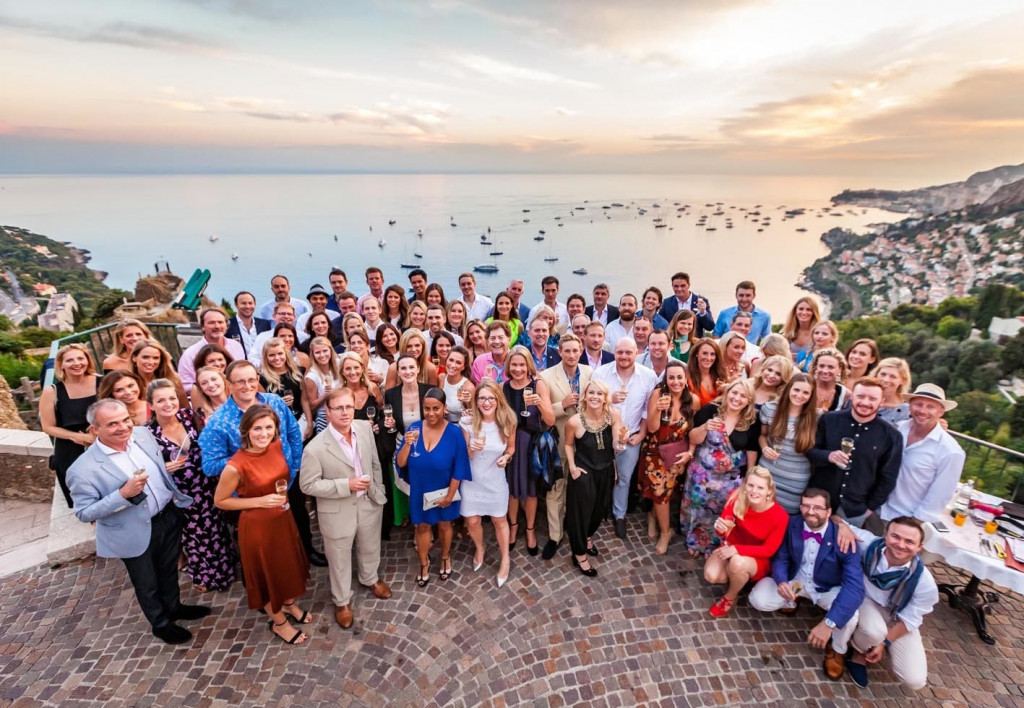
ML: You have created a unique office culture. Staff lunch together at the local pub, for example, and last year the entire team was flown to Monaco for a dinner at Les Deux Frères in Roquebrune-cap-Martin to celebrate the company’s 30th anniversary. Why is this important to Winch Design?
WD: Winch Design is essentially still a family company, albeit a rather large one now! To succeed we must work together, always looking to develop, both as individuals and as a studio. We recognise and embrace our differences and celebrate being a family of individuals. No one is bigger than the team. We all work extremely hard in a fast-paced environment and we try to look after our team, embrace their development and encourage communication and collaboration. By offering everyone lunch together in the local pub every day, we encourage everyone to have a break and to chat to other team members.
Article first published September 25, 2017.
READ ALSO
[/ihc-hide-content]
